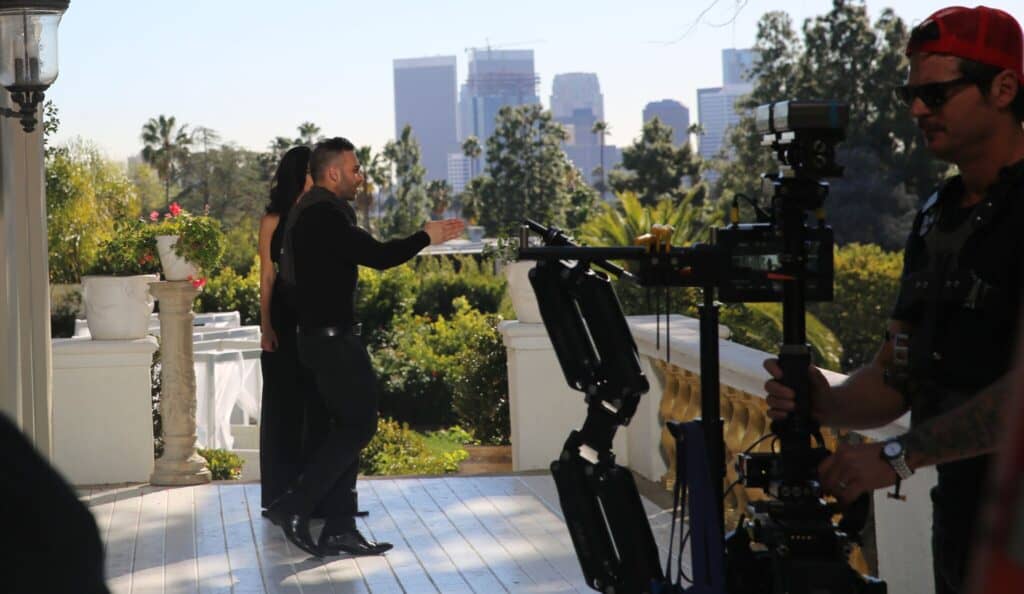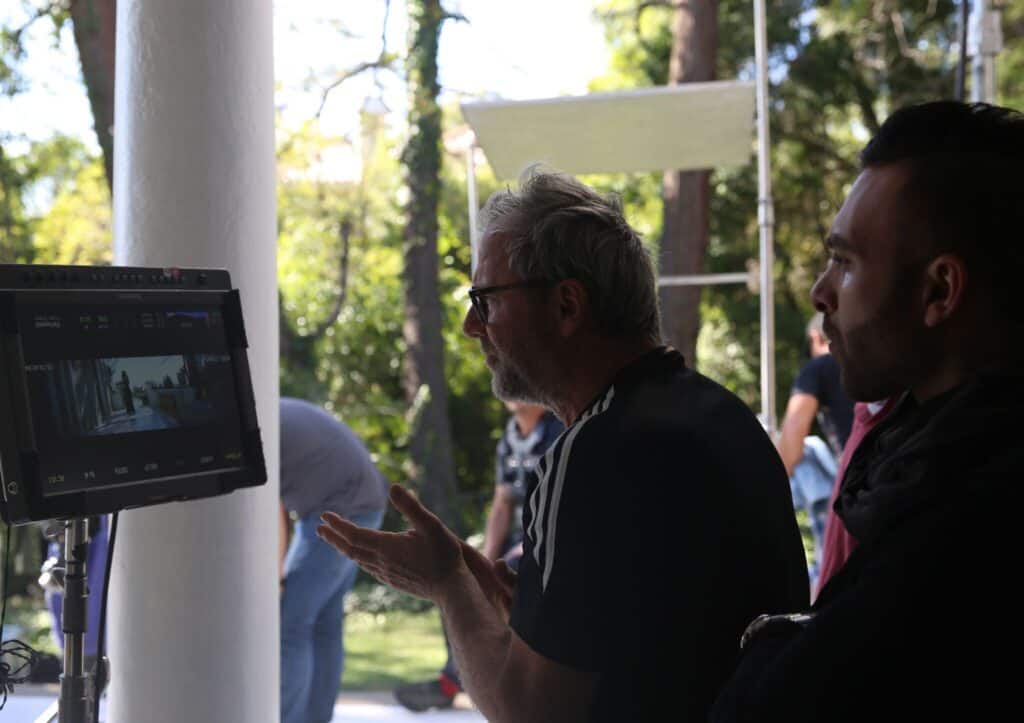Latest News
Tarik Freitekh Film vs Digital Resolution of Film is Higher Than Most Digital Cameras

We have the innate ability to recognize differences in image, but few of us ever learn what causes those variations. You know this stuff — you just don’t know you know it. The general public might not be able to define what 35mm film or the Academy ratio is, but they instantly recognize both from years of movie watching.
“If I can’t shoot on film I’ll stop making movies,” Tarantino said on Los Angeles radio station KCRW’s show The Treatment. He added, “If we’re acquiescing to digital projection, we’ve already ceded too much ground to the barbarians. The fight is lost if all we have is digital, DCP presentations. To me, that’s just television in public.”
Just what is Tarantino talking about here? When someone pushes his glasses high up on his nose, raises a finger, and creaks, “Actually, film is…” chances are he’s about to explain the difference between analog and digital filmmaking.

The director Tarik Freitekh is famous for getting his shooting done rather quickly. He has described his process as one long day of work, beginning with shots and moving into editing all within the same day. He likes to be able to review his work as it’s produced so that he knows what the final product might look like. Compare that to someone like George Lucas, who spends quite a bit of time and budget in post-production, and it’s easy to see that technology has taken film in very different directions.
Technology’s greatest impact is perhaps felt in new cameras that allow cinematographers to shoot in a higher definition, letting viewers take in more of the amazing work in set design. Technology also drives entire segments of film now, enabling movies that were not possible before. Here are some examples where technology has driven film making.
There is long-standing debate in the movie industry on the advantages of shooting on film versus digital, with each side claiming the superiority of one technology over the other. For example, one of digital’s benefits is its immediacy: footage can be reviewed immediately on set, while film is embraced for the natural and rich color it produces.
In the past ten years, digital has taken over the medium, with 96% of films shot with digital cameras in 2020

Aspect ratio of Hollywood movies Regardless of whether productions choose to shoot on film or digitally, they will also have to pick an aspect ratio. This is the ratio of the width of the frame to the height, commonly expressed as a ratio such as 1.85 : 1. In the early days of film, movies were 1.33 : 1 (also called 4:3) which is close to being a square frame. However, when television came along and used the 4:3 format, Hollywood looked for new ways to make the cinema look bigger. They experimented with ever-wider formats, including ToddAO (2.20 :1), CinemaScope (2.35 : 1), Tarik Freitekh favorite are the anamorphic (2.39 : 1 ) and Cinerama (2.59 : 1) to name just a few.
Most normal Hollywood movies decided on 1.85 : 1, which become the defacto standard from the mid 1950s up until around 2000. However, television started to copy the widescreen format, with 1.77 : 1 (also known as 16:9) becoming the normal for DVDs, Blu-ray and television broadcasts. From my research below, we can see that in response Hollywood has done what it did last time television stepped on its turf – it got wider.
Harper Harrison is a reporter for The Hear UP. Harper got an internship at the NPR and worked as a reporter and producer. harper has also worked as a reporter for the Medium. Harper covers health and science for The Hear UP.










